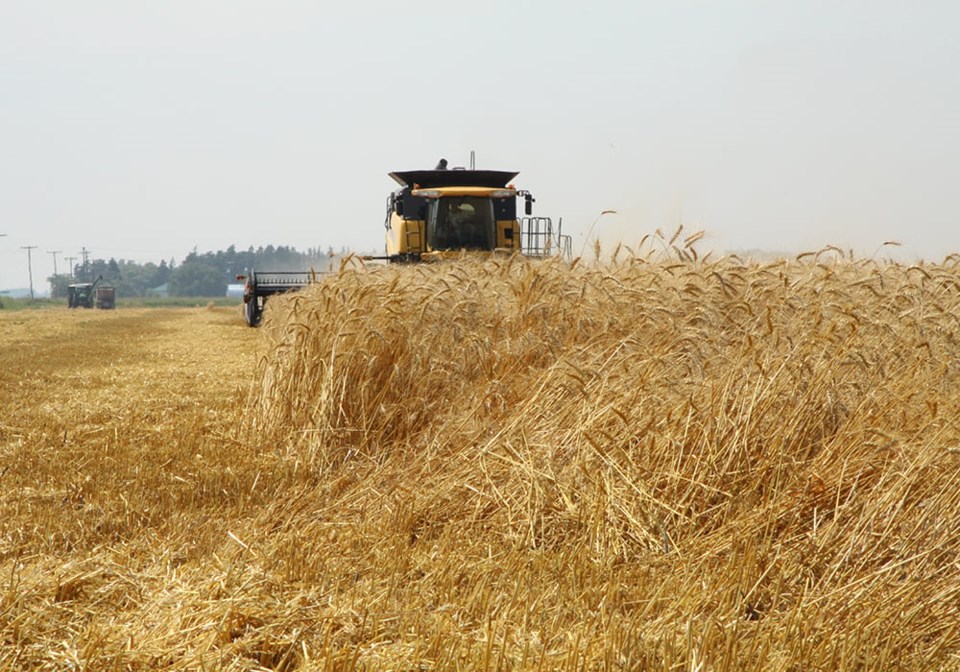Canada’s upcoming spring wheat crop will once again benefit from problems with the U.S. winter wheat crop, says an analyst.
“The biggest bread wheat that is produced in North America is in trouble again,” said MarketsFarm analyst Bruce Burnett.
Crop condition reports for the week ended March 19 show some improvement over the previous week in Texas and Kansas, but the ratings are still well below normal.
The amount of the hard red winter wheat (HRWW) crop in good-to-excellent condition was 29 percent in Oklahoma, 23 percent in Texas and 19 percent in Kansas.
Much of the region is still experiencing “extreme” to “exceptional” drought, according to the U.S. drought monitor.
U.S. farmers planted 36.95 million acres of winter wheat in 2023, up 11 percent from the previous year.
That includes 25.3 million acres of hard red winter wheat, up 10 percent from 2022.
Burnett plans to pay close attention when the U.S. Department of Agriculture updates those numbers at the end of March.
“I would expect that given the dry conditions, you’re going to see a fairly large abandonment rate in parts of Kansas, Oklahoma and Texas,” said Burnett.
The full extent of the abandonment may not be known until June.
It is extremely early to be forecasting U.S. hard red winter wheat production, but he was willing to take a crack at it.
Burnett believes growers will harvest 600 million bushels of the crop, give or take 25 million bu.
That would be an improvement over last year’s disappointing drought-reduced output of 531 million bu.
“I think production will be higher than last year, because last year was a pretty dismal production number,” said Burnett.
But it will be well below the previous year’s 750 million bu.
And total supply will likely be smaller than last year, since carryout from the previous crop is expected to drop by about 100 million bu.
Canada’s spring wheat crop helped fill the supply shortfall caused by last year’s small U.S. HRWW crop.
“It will be called upon to fill the gap this year as well,” he said.
Canadian wheat exports are on a record-setting pace through the first 32 weeks of the 2022-23 campaign.
Burnett expected strong demand again in the upcoming year because of the looming production problems in the U.S.
The USDA reports that U.S. HRWW futures prices rose to historic highs in 2022, peaking in May because of the drought in the southern Plains and the onset of the war between Russia and Ukraine, which lead to massive market uncertainty.
Prices started to drop in mid-2022 with the onset of winter wheat harvests in key exporting countries.
“In recent months, prices were pressured by slow U.S. export sales amid abundant exportable supplies from key
U.S. competitors, especially Russia, Australia and Ukraine,” said the USDA in its Wheat Outlook: March 2023 report.
U.S. prices are at their lowest since mid-2021, but they are still high relative to competitors.
The price spread between U.S. HRWW and comparable Russian and French wheat was about $60 per tonne as of the publication of the report on March 10.
That spread has historically been between even and $40 per tonne.
Contact [email protected]



